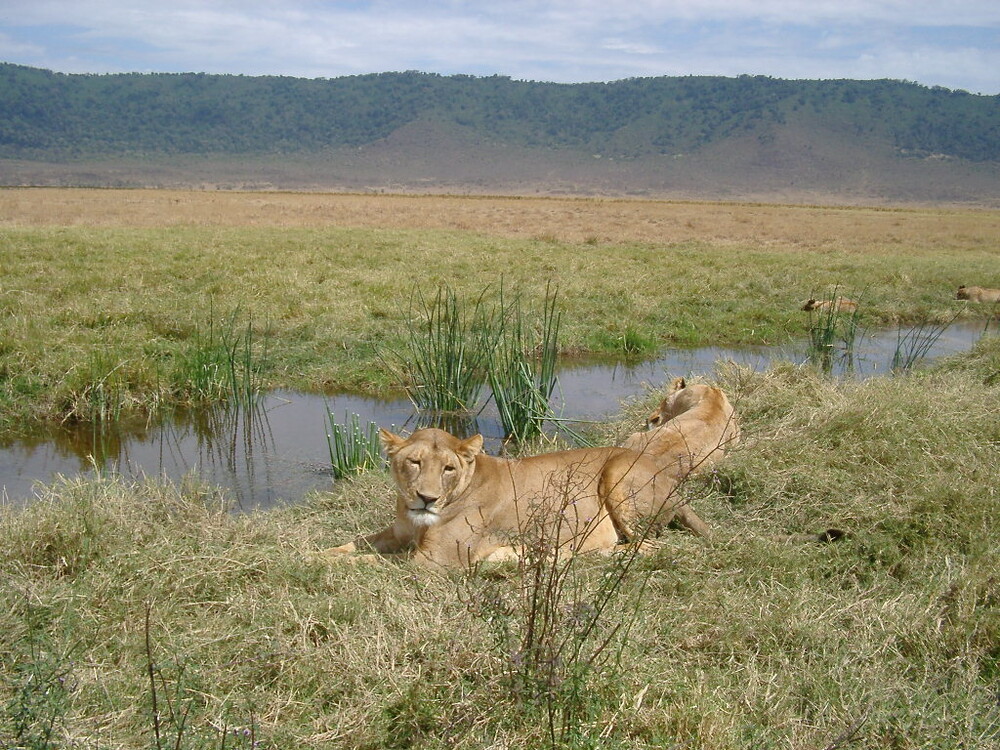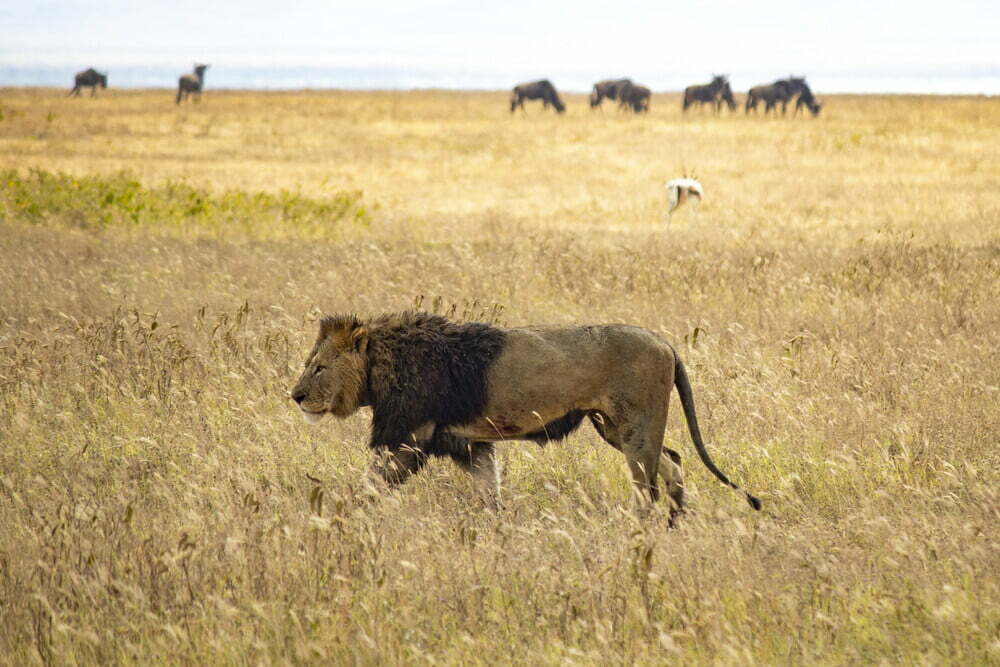Tanzania National Parks are a treasure trove of extraordinary natural beauty, offering incredible wildlife and adventure. Tanzania is a dream destination for wildlife enthusiasts, offering some of the most iconic national parks in the world. From witnessing the awe-inspiring Great Migration in the Serengeti to encountering rare species in the remote Ruaha, Tanzania’s national parks are a treasure trove of natural wonders. This guide explores the country’s top wildlife destinations to help you plan an unforgettable adventure.

Serengeti National Park: The Home of the Great Migration
The Serengeti National Park is Tanzania’s crown jewel, renowned worldwide for the Great Migration, where millions of wildebeest, zebras, and gazelles traverse the plains in search of greener pastures. This extraordinary event attracts predators like lions, cheetahs, and hyenas, creating a spectacle of nature’s raw power.
Beyond the migration, the Serengeti offers year-round opportunities to spot the “Big Five” and enjoy breathtaking views of golden savannas. Its rich biodiversity and iconic landscapes make it a must-visit destination for any wildlife lover.
Ngorongoro Crater: A Natural Wonder in Tanzania
The Ngorongoro Crater, a UNESCO World Heritage Site, is one of Tanzania’s most unique ecosystems. This massive volcanic caldera is home to around 25,000 large animals, including black rhinos, elephants, and a high density of lions. With its lush vegetation and permanent water sources, the crater supports a diverse range of wildlife.
A safari in the Ngorongoro Crater offers a concentrated wildlife viewing experience, making it one of the most popular stops on a Tanzanian safari itinerary.
Tarangire National Park: Land of Elephants and Baobabs
Tarangire National Park is famous for its large herds of elephants and iconic baobab trees. During the dry season, the Tarangire River becomes a vital water source, attracting wildlife such as zebras, wildebeests, and predators like lions and leopards.
With fewer crowds compared to other parks, Tarangire offers a more serene and intimate safari experience. It’s also a haven for birdwatchers, with over 500 bird species recorded in the park.
Lake Manyara National Park: Where Lions Climb Trees
Lake Manyara National Park is a small yet diverse park known for its tree-climbing lions and abundant birdlife. The shimmering Lake Manyara is the centerpiece, home to thousands of flamingos and other aquatic birds. The park’s lush forests, grassy plains, and steep escarpments create an ideal habitat for a variety of wildlife, including elephants, giraffes, and hippos.
A visit to Lake Manyara is perfect for travelers seeking both wildlife and stunning scenery.
Ruaha National Park: Tanzania’s Largest Wilderness
For those looking to escape the crowds, Ruaha National Park offers an off-the-beaten-path safari experience. As Tanzania’s largest national park, it features diverse landscapes ranging from open plains to rocky hills. Ruaha is home to a wide variety of antelope species and one of the largest populations of African wild dogs.
This remote park is ideal for travelers who want a more exclusive and adventurous safari experience.
Nyerere National Park: A Wilderness Untamed
Previously known as the Selous Game Reserve, Nyerere National Park is one of Africa’s largest wildlife sanctuaries. It is especially famous for its boat safaris along the Rufiji River, where visitors can observe hippos, crocodiles, and colorful birdlife. The park also boasts a healthy population of predators, including lions and leopards.
Nyerere offers a unique blend of activities, from game drives to walking safaris, making it a versatile destination for wildlife enthusiasts.
Gombe Stream National Park: The World of Chimpanzees
For primate lovers, Gombe Stream National Park is a must-visit destination. Made famous by Jane Goodall’s research, the park offers visitors the chance to track wild chimpanzees in their natural habitat. Other primates, such as olive baboons and red-tailed monkeys, also inhabit the forested slopes.
Trekking through Gombe’s lush landscapes provides a rare opportunity to connect with some of our closest animal relatives.
Best Time to Visit Tanzania’s National Parks
The best time to explore Tanzania’s national parks is during the dry season, from June to October. This period is ideal for wildlife viewing, as animals gather around water sources, and the Great Migration is at its peak between June and September.
For bird enthusiasts, the wet season from November to May brings migratory birds and lush landscapes, offering excellent birdwatching opportunities.
Conclusion :
Tanzania’s national parks are more than just tourist destinations—they are natural wonders that showcase the beauty and diversity of the African continent. Whether you’re chasing the Great Migration, exploring hidden gems like Ruaha, or trekking through Gombe to meet chimpanzees, Tanzania promises an unforgettable adventure. Start planning your trip today and discover why this country is a top choice for wildlife enthusiasts around the world.

